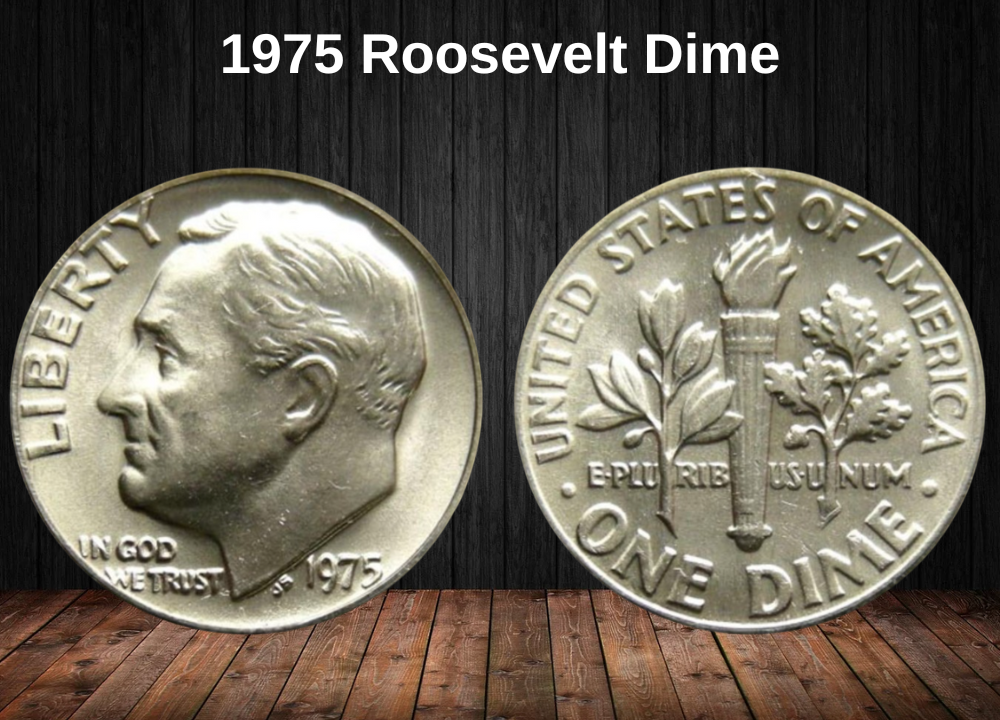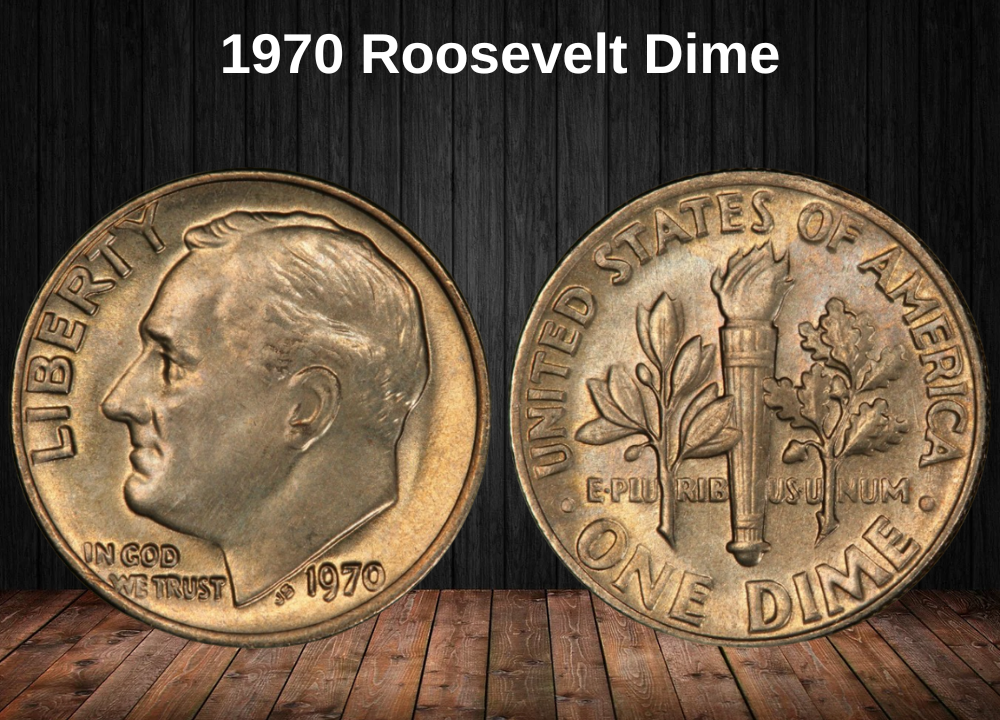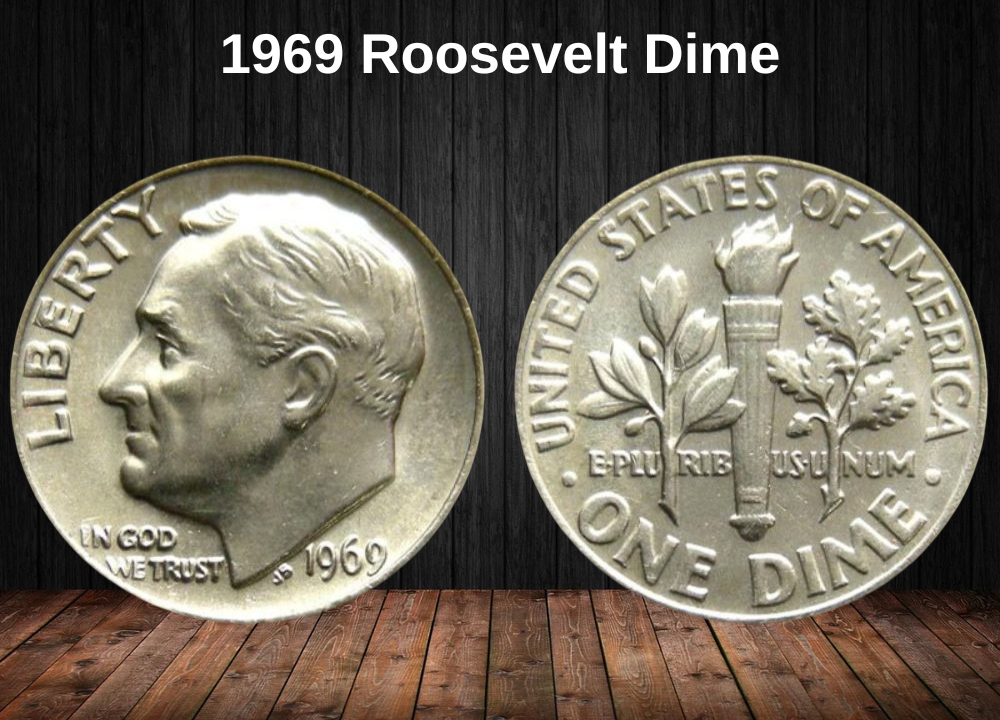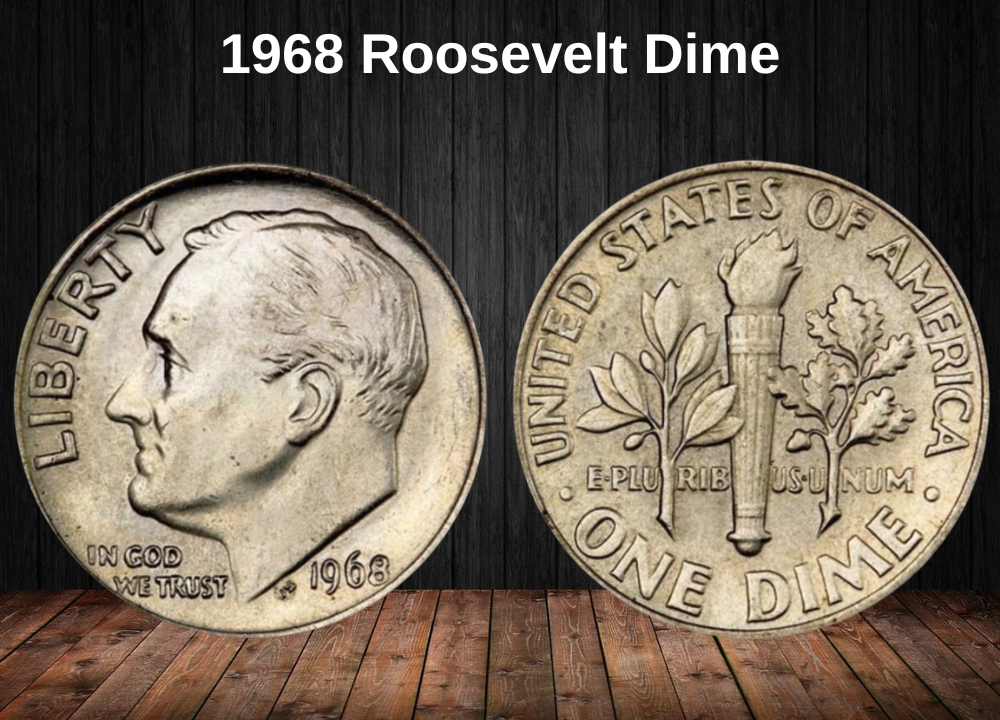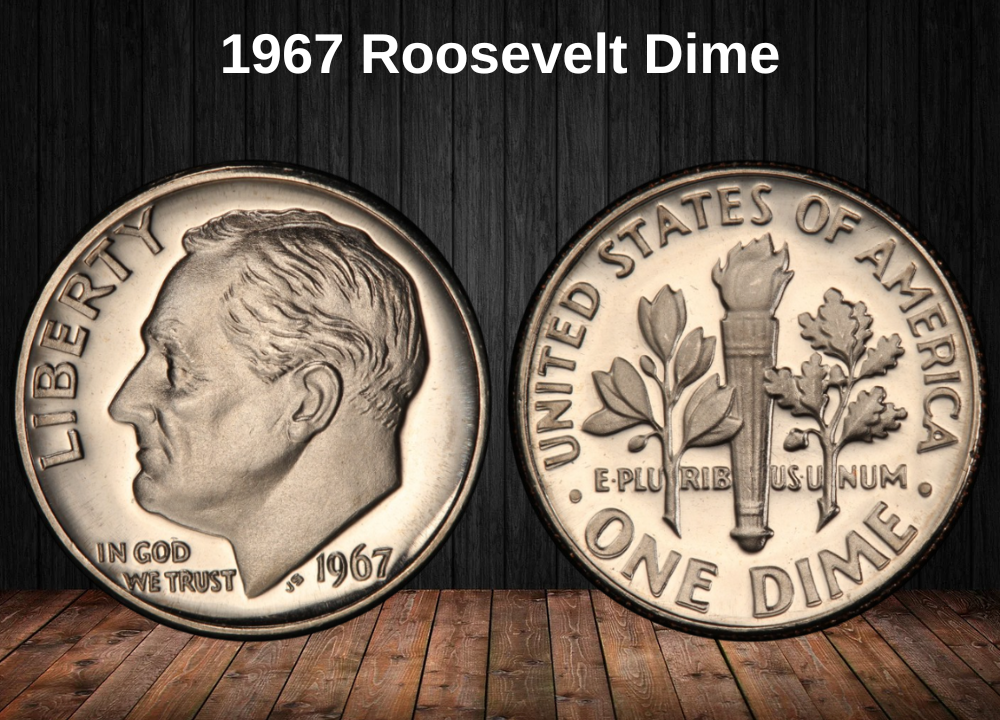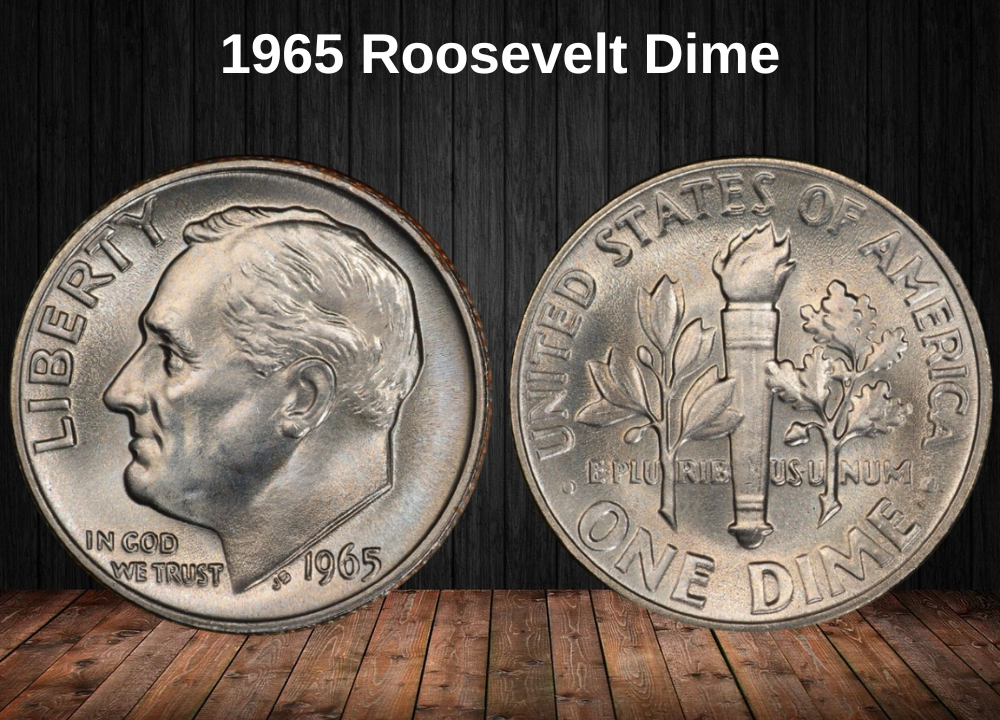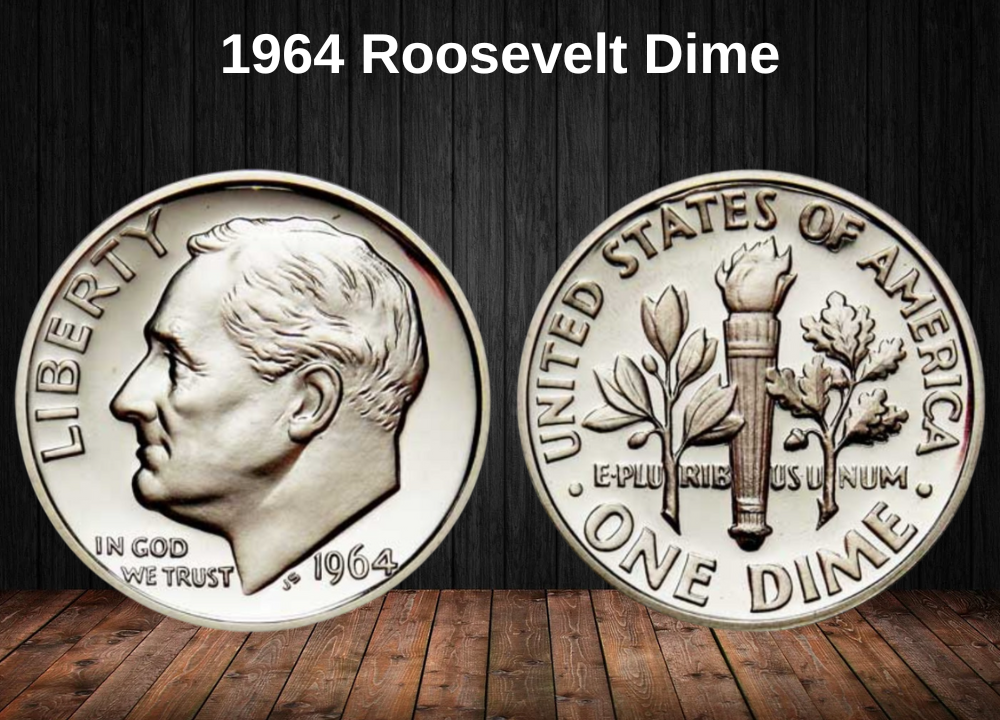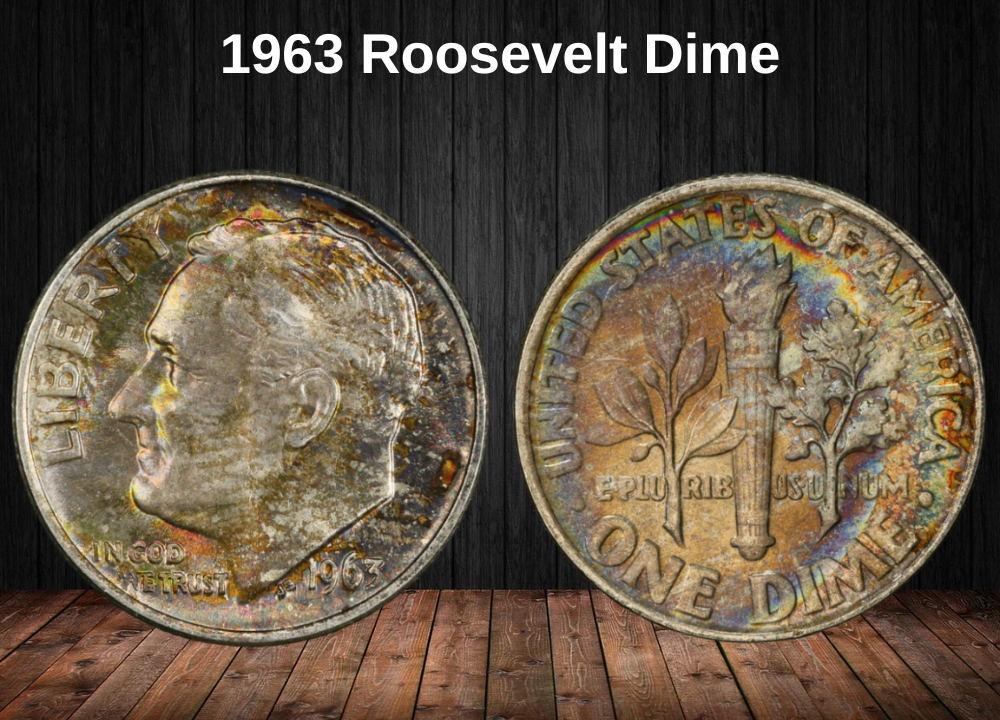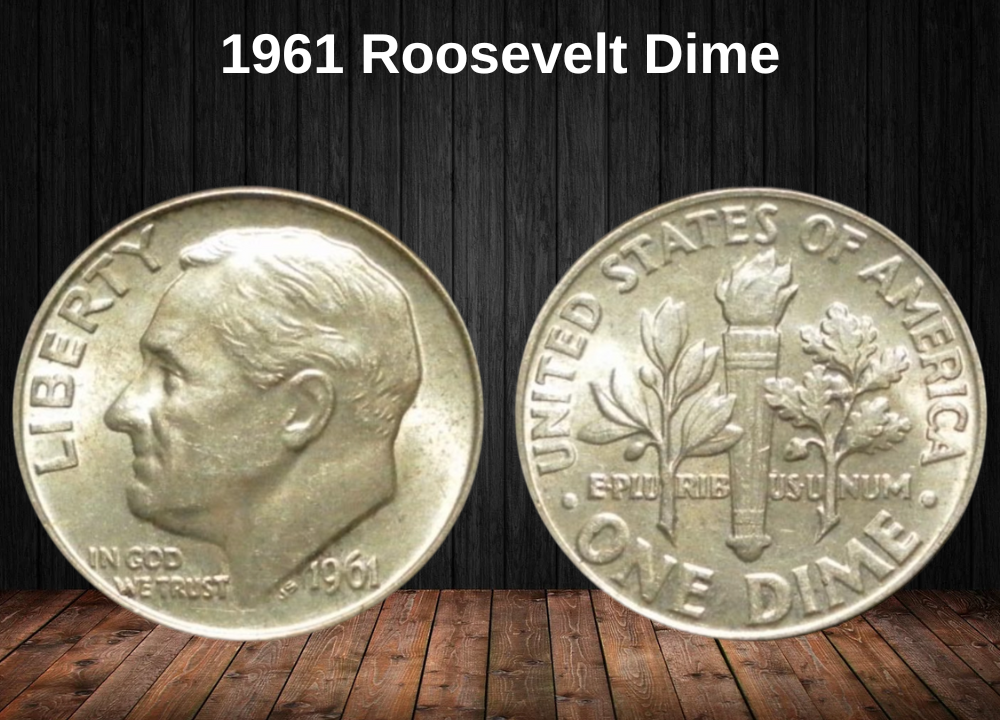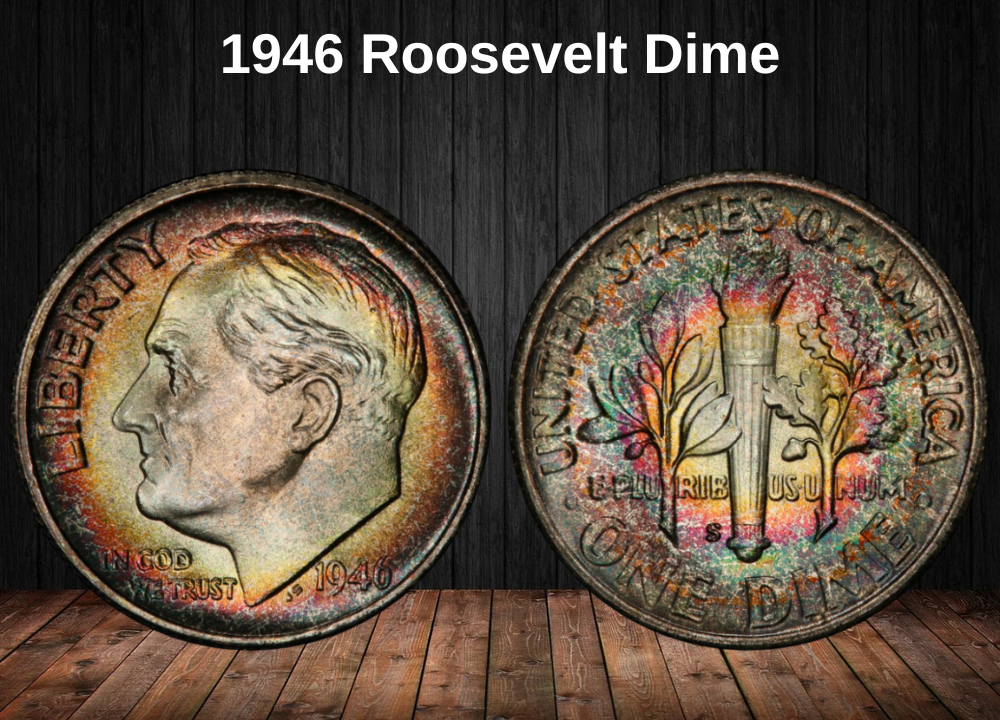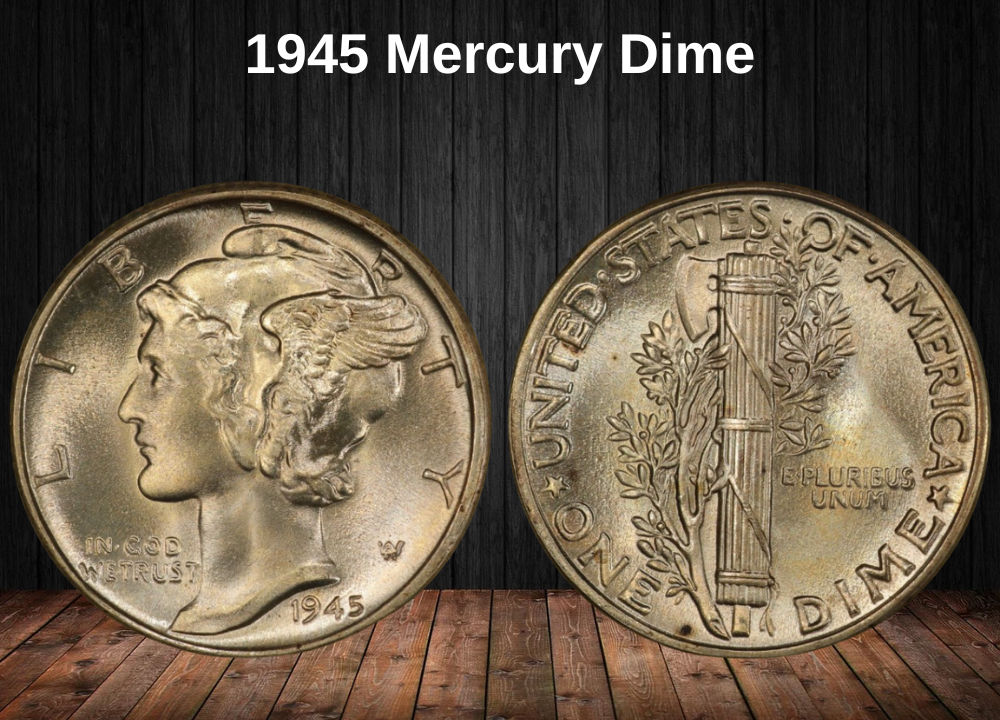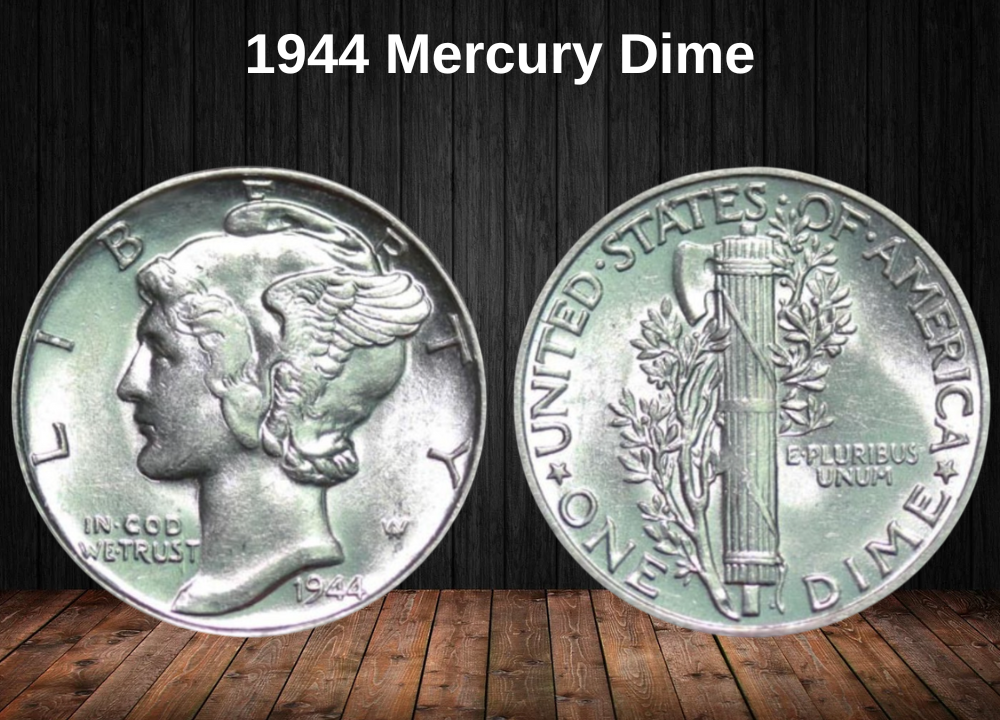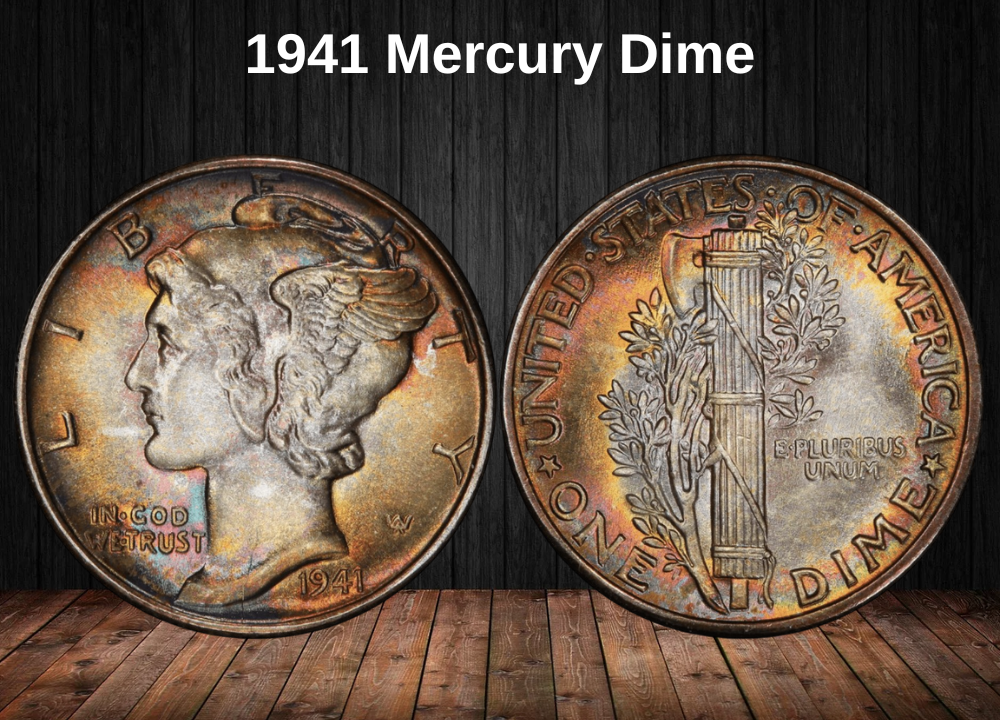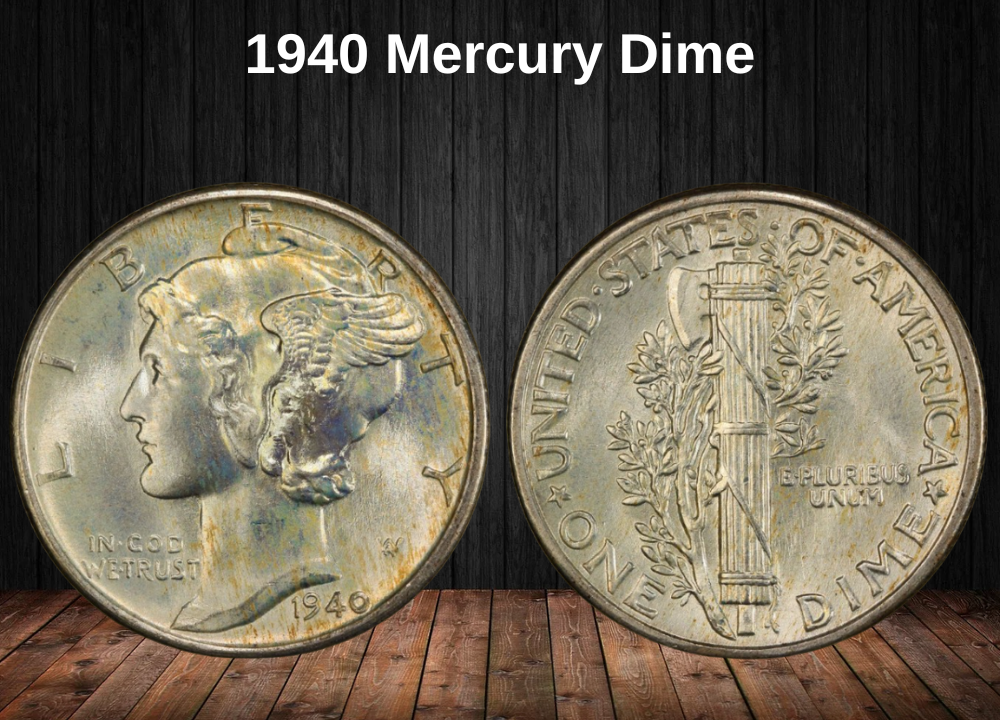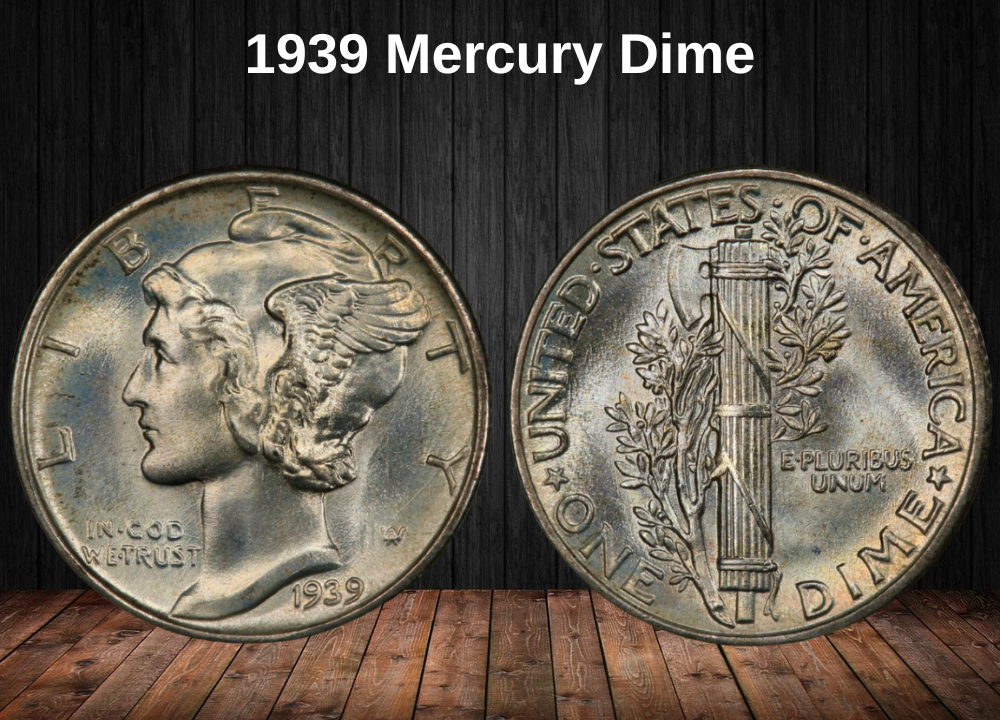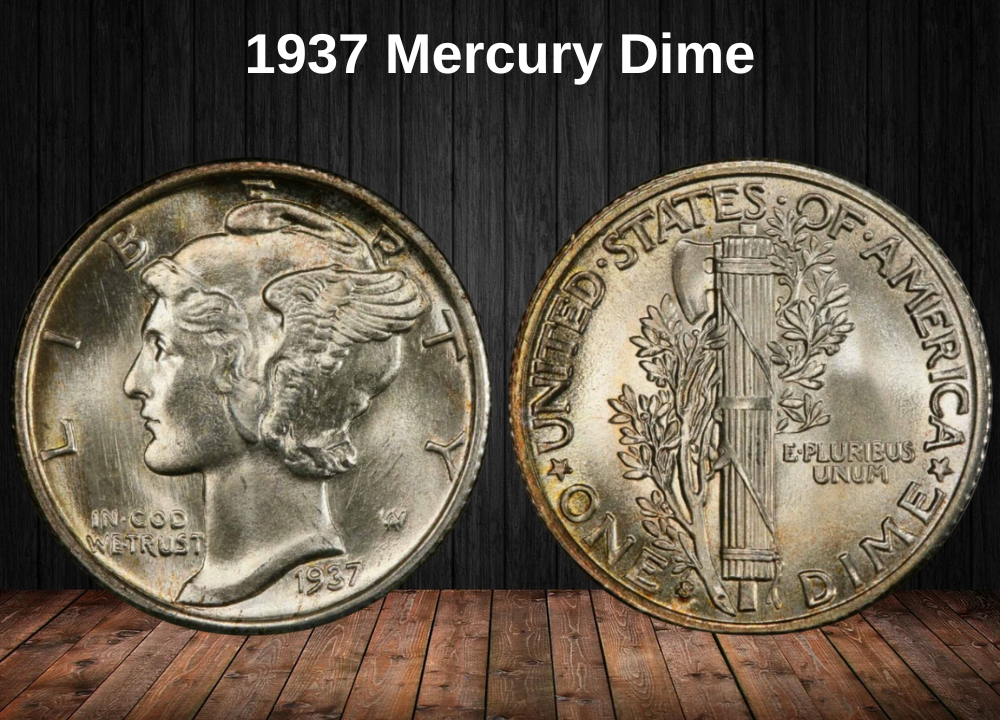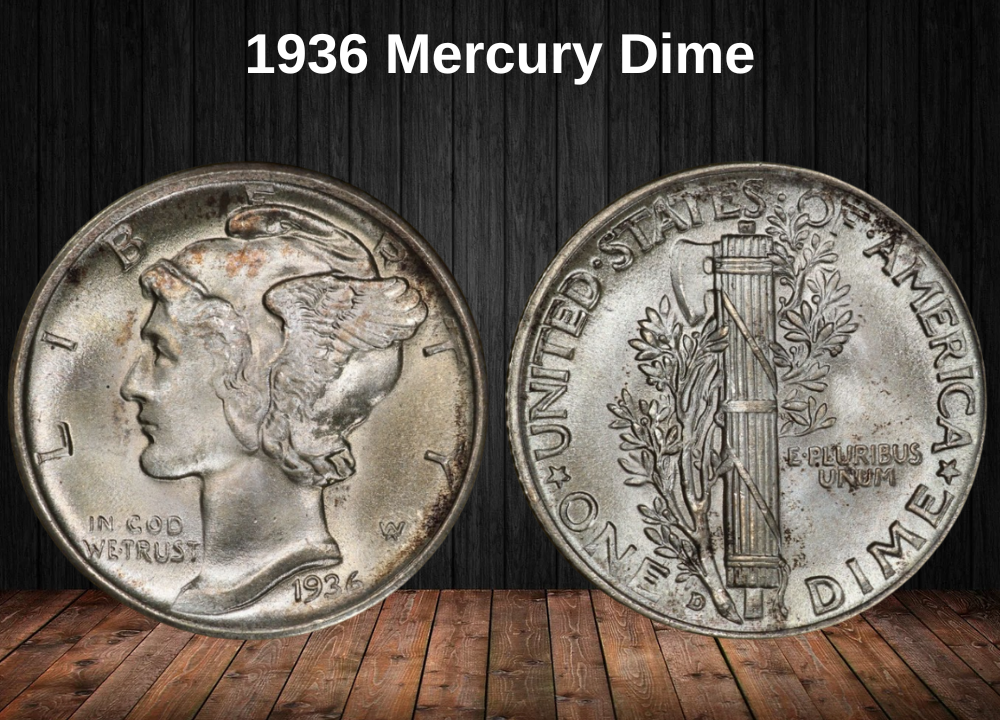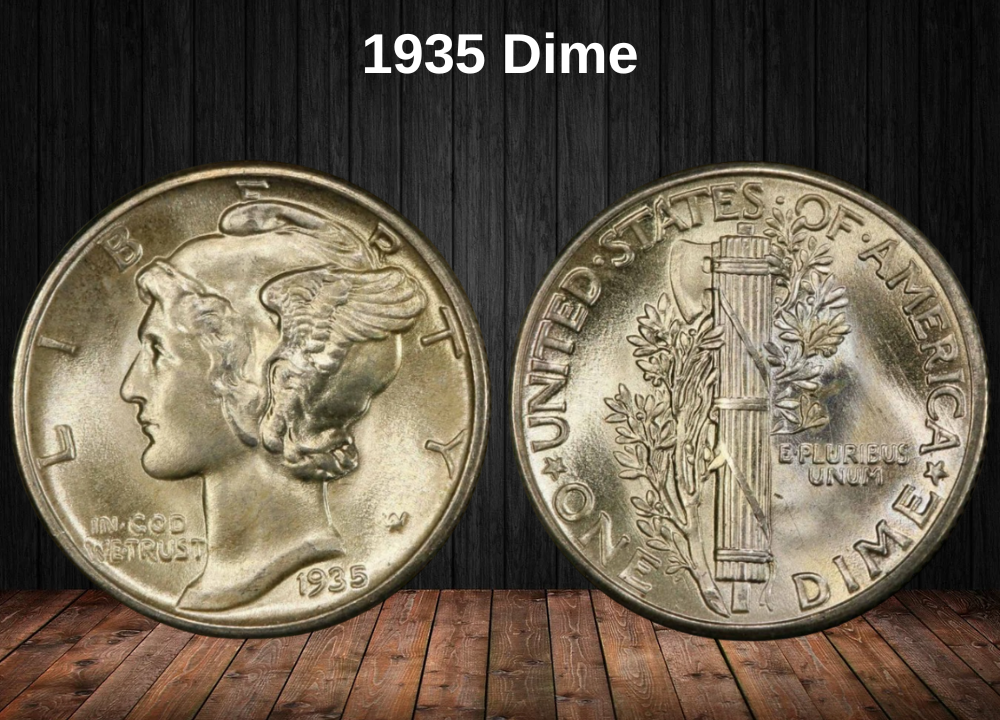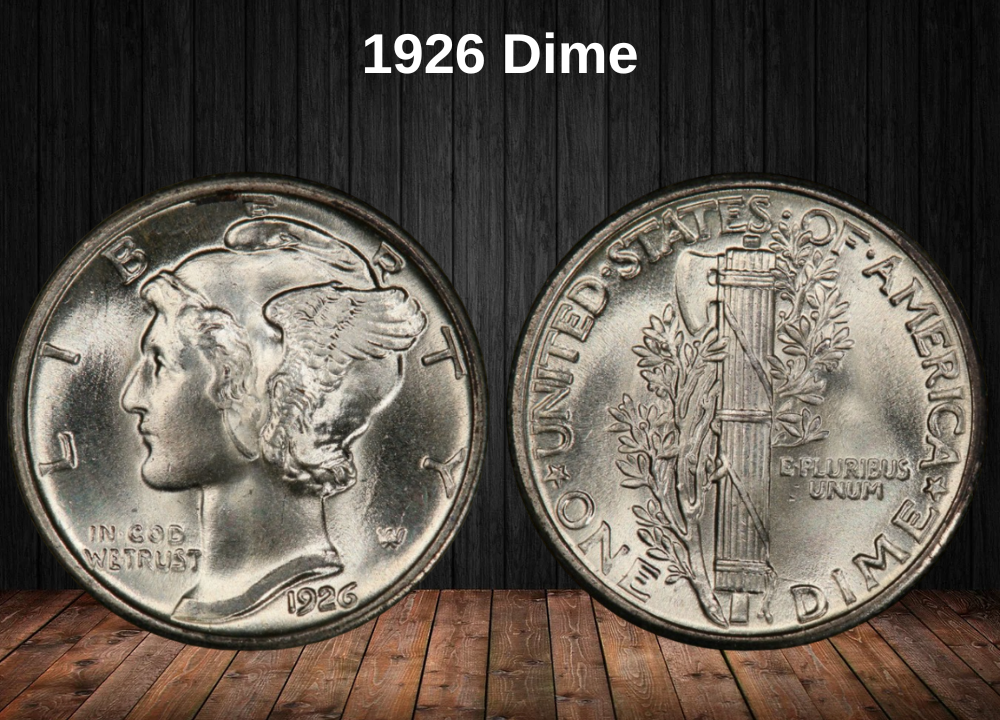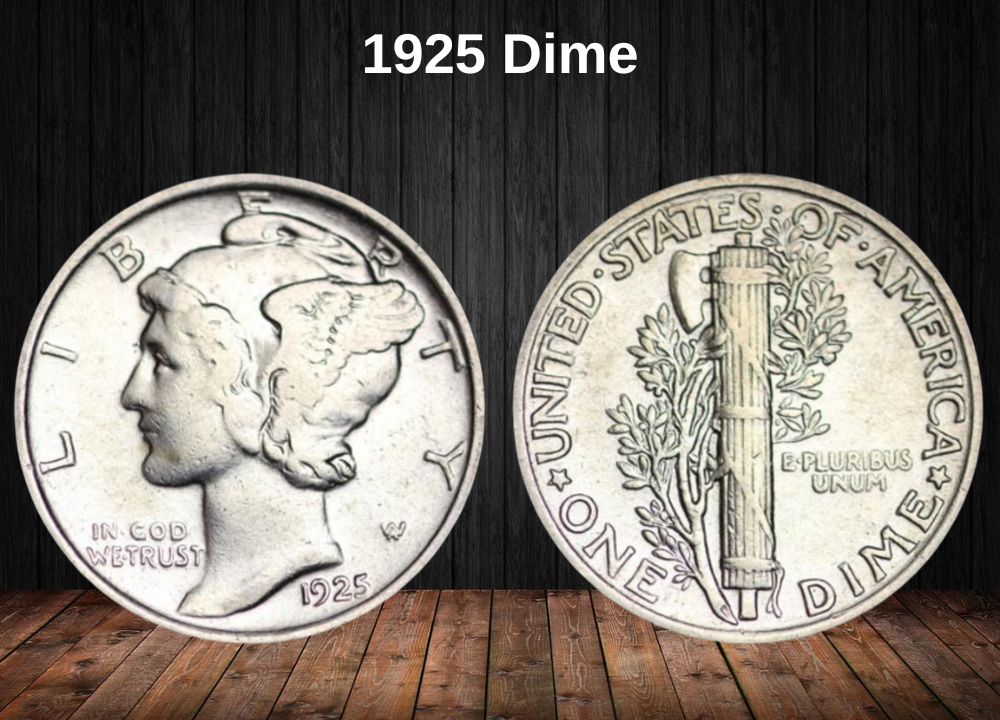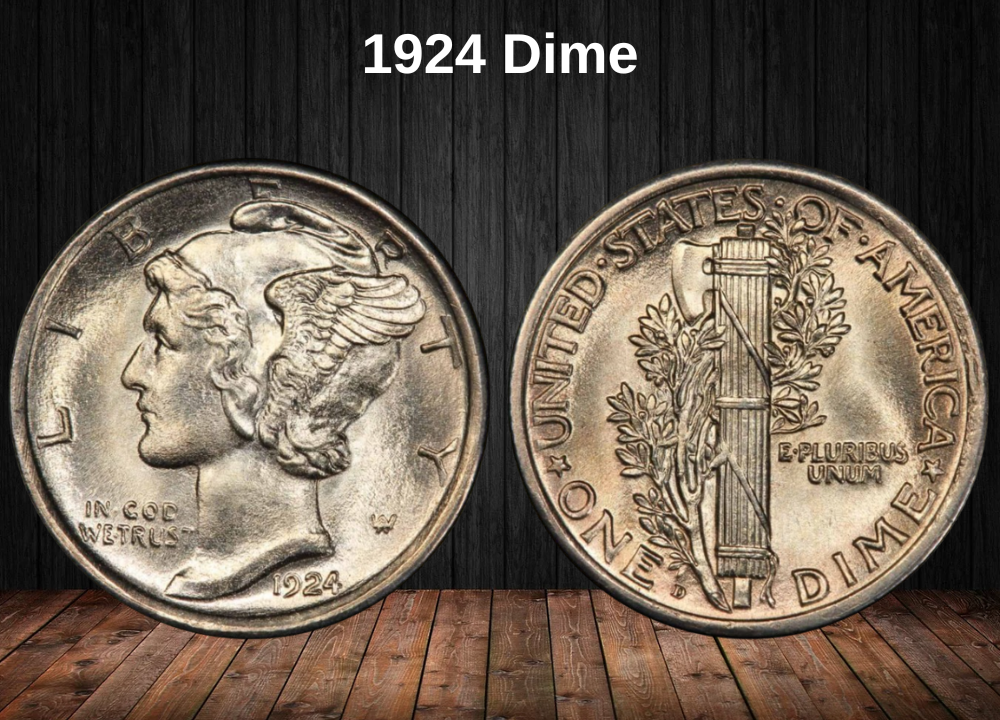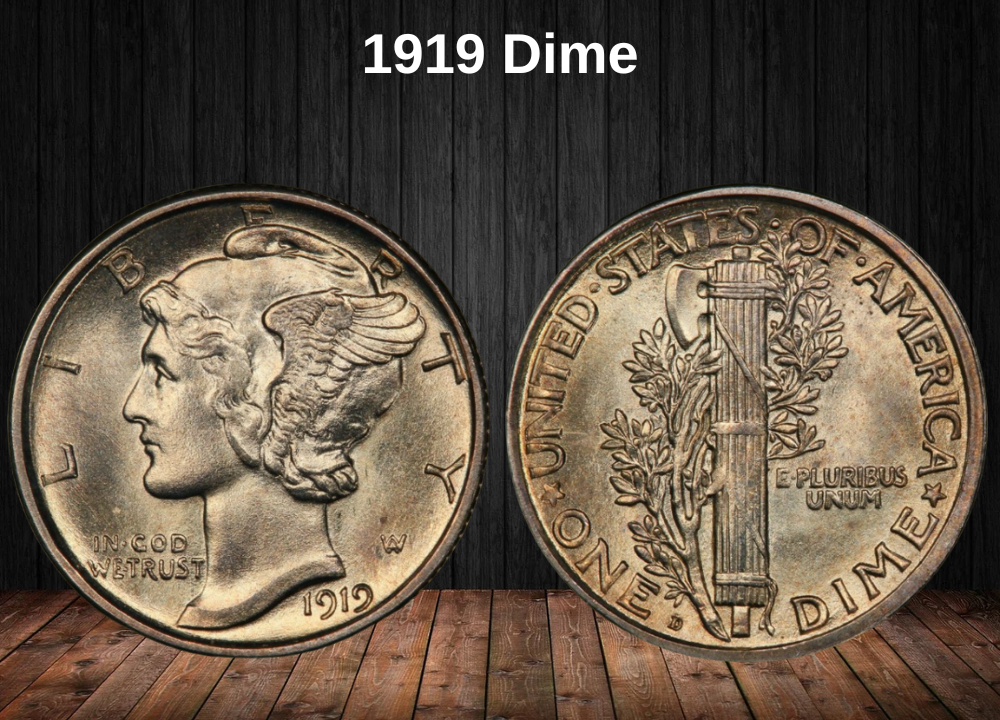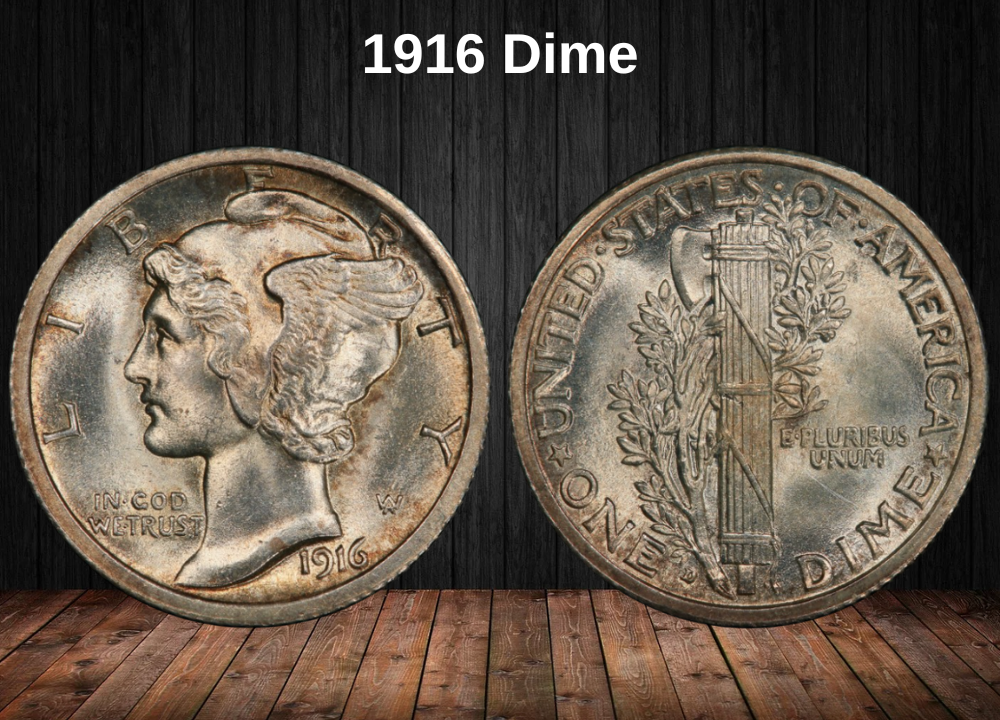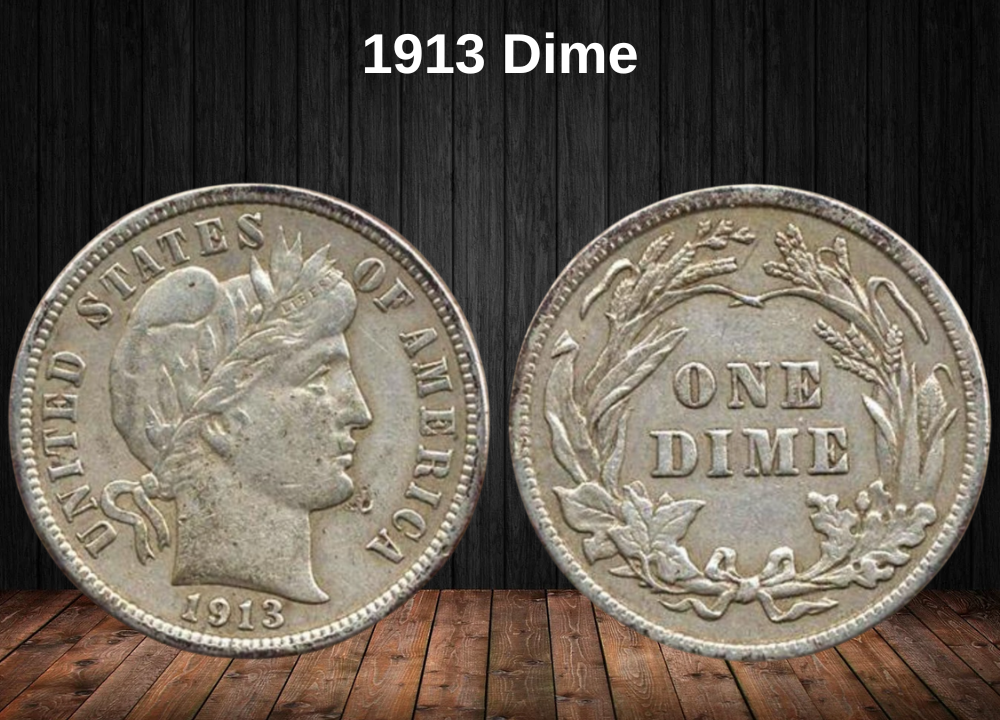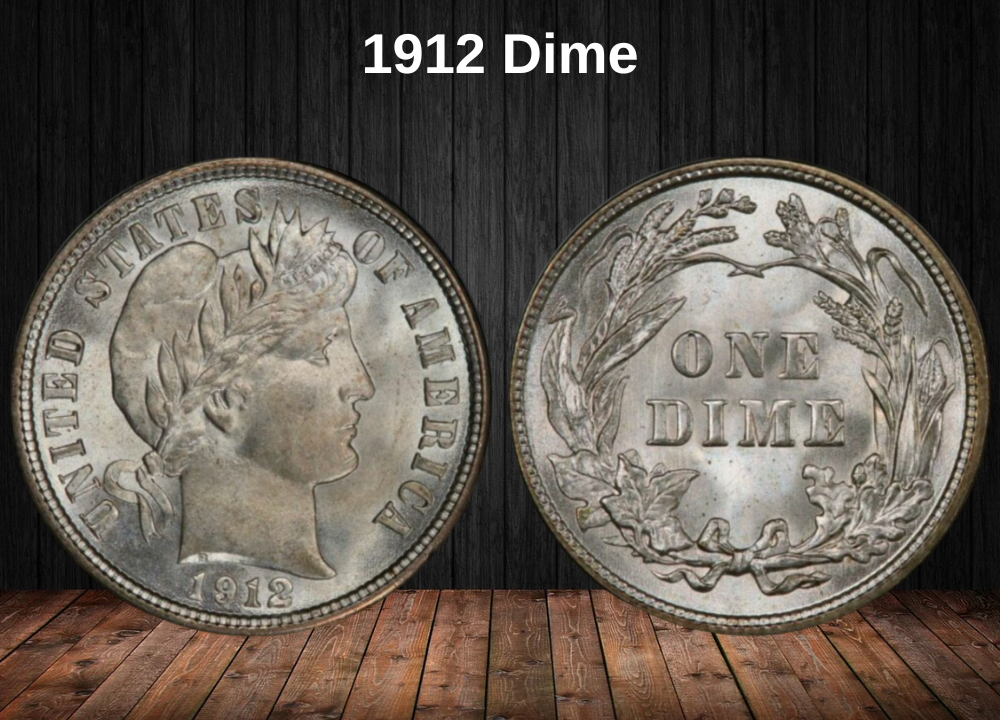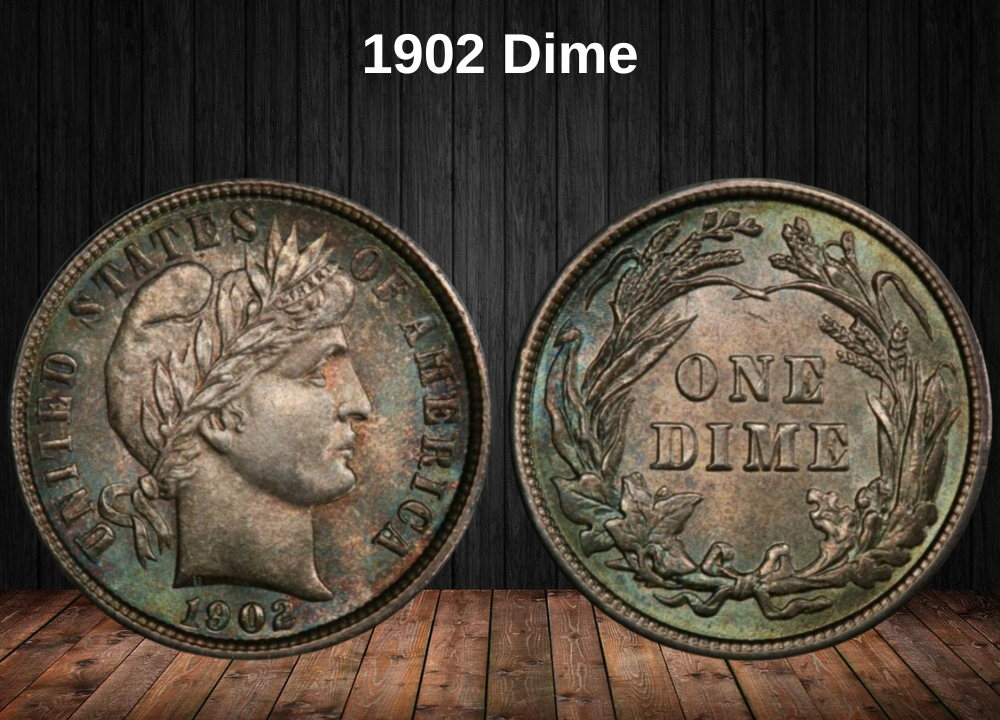Do you have a 1951 Roosevelt dime and wonder if it could be worth more than just pocket change? Sometimes, a simple silver dime can hide a surprising value!
The Roosevelt dime was introduced in 1946, and by 1951, production was in full swing across three mints. Because these coins were struck in 90% silver, they always carry at least their bullion value — but rare high-grade examples and error varieties can be worth hundreds or even thousands of dollars today.
1951 Dime Value Chart
| Mint Mark | Good | MS 65 | MS 67 | MS 68 |
|---|---|---|---|---|
| 1951 No Mint Mark (Philadelphia) | $3 | $18 | $45 | $4,150 |
| 1951 D (Denver) | $3 | $20 | $80 | $2,250 |
| 1951 S (San Francisco) | $4 | $20 | $50 | $575 |
| Grade | PR 65 | PR 66 | PR 67 | PR 69 |
|---|---|---|---|---|
| 1951 Proof Dime | $42 | $50 | $60 | $115 |
History of the 1951 Dime
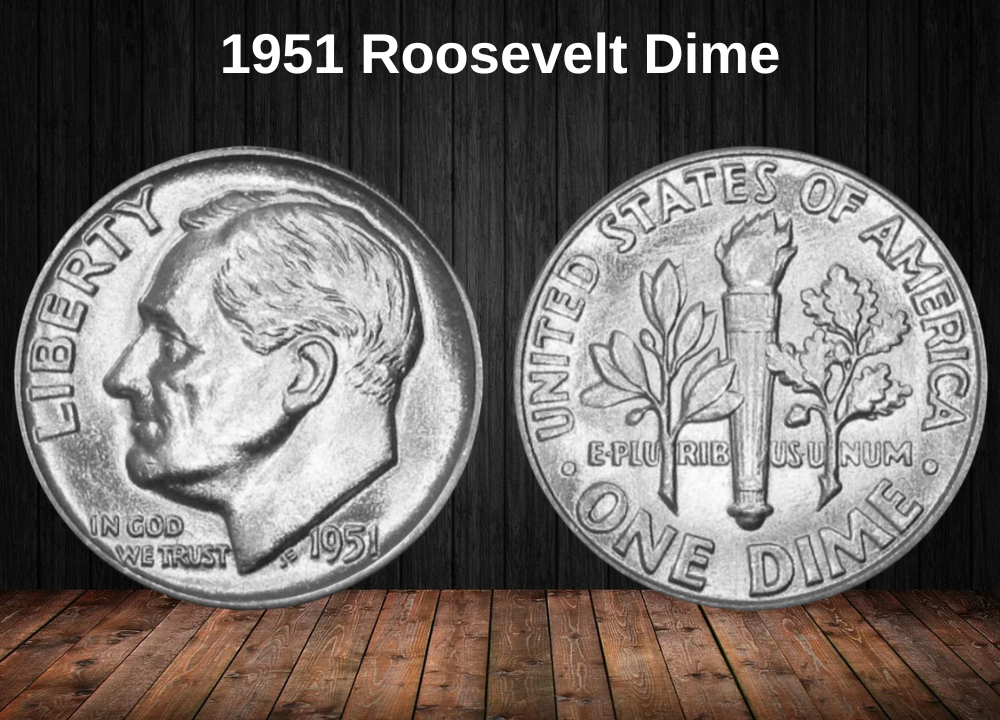
The dime has always held a special place in American coinage as the smallest and thinnest circulating coin, worth one-tenth of a dollar. From its origins as the 1792 “disme” — a name derived from the French dixième meaning “tenth” — the dime has gone through several design changes.
By 1946, the Roosevelt dime debuted, honoring President Franklin D. Roosevelt, who had passed away in 1945. His image replaced the Mercury dime design and symbolized not only his leadership through the Great Depression and World War II but also his role in the March of Dimes, a campaign to combat polio, the disease Roosevelt himself had suffered from.
The 1951 Roosevelt dime was part of the early silver series (1946–1964), struck in 90% silver and 10% copper, making it valuable both for collectors and for its precious metal content. These silver dimes weigh 2.5 grams and contain about 0.07234 troy ounces of pure silver.
One unique feature of all Roosevelt dimes is the reverse inscription. Unlike other U.S. coins that show their denomination in words like “CENTS,” the dime reads only “ONE DIME,” which can often puzzle those unfamiliar with American coinage.
1951 Silver Dime Mintage
| Location | Year/Type | Mintage |
|---|---|---|
| Philadelphia | 1951 (no mint mark) | 103,891,000 |
| Denver | 1951 D dime | 56,529,000 |
| San Francisco | 1951 S dime | 31,630,000 |
| Philadelphia | 1951 Proof dime | 57,500 |
| Total | — | 192,107,500 |
Design and Controversy
The dime’s design, created by John R. Sinnock, featured Roosevelt’s portrait on the obverse and a torch flanked by an olive branch and an oak branch on the reverse, symbolizing freedom, peace, and strength. Sinnock’s initials, “JS,” appear on the coin, just as they did on the 1946 dime.
In the early years of the series, some rumors persisted that “JS” stood for Joseph Stalin, the Soviet dictator. Once again, the U.S. Mint had to clarify that the initials belonged solely to Sinnock, the coin’s designer.
Collectibility of the 1951 Dime
While most 1951 dimes are common due to high mintages, they remain desirable to collectors because they are silver coins. Proof coins from Philadelphia are scarcer and highly sought after, especially in top grades.
The 1951 Roosevelt dime remains a reminder of America’s post-war era, its respect for FDR’s legacy, and the nation’s commitment to both strength and compassion.
Features of the 1951 Roosevelt Dime
The 1951 Roosevelt dime continued the silver series introduced in 1946, honoring President Franklin D. Roosevelt. Still struck in 90% silver, these coins were part of the post-war era of U.S. coinage and remain popular among collectors and silver investors.
The Obverse of the 1951 Dime
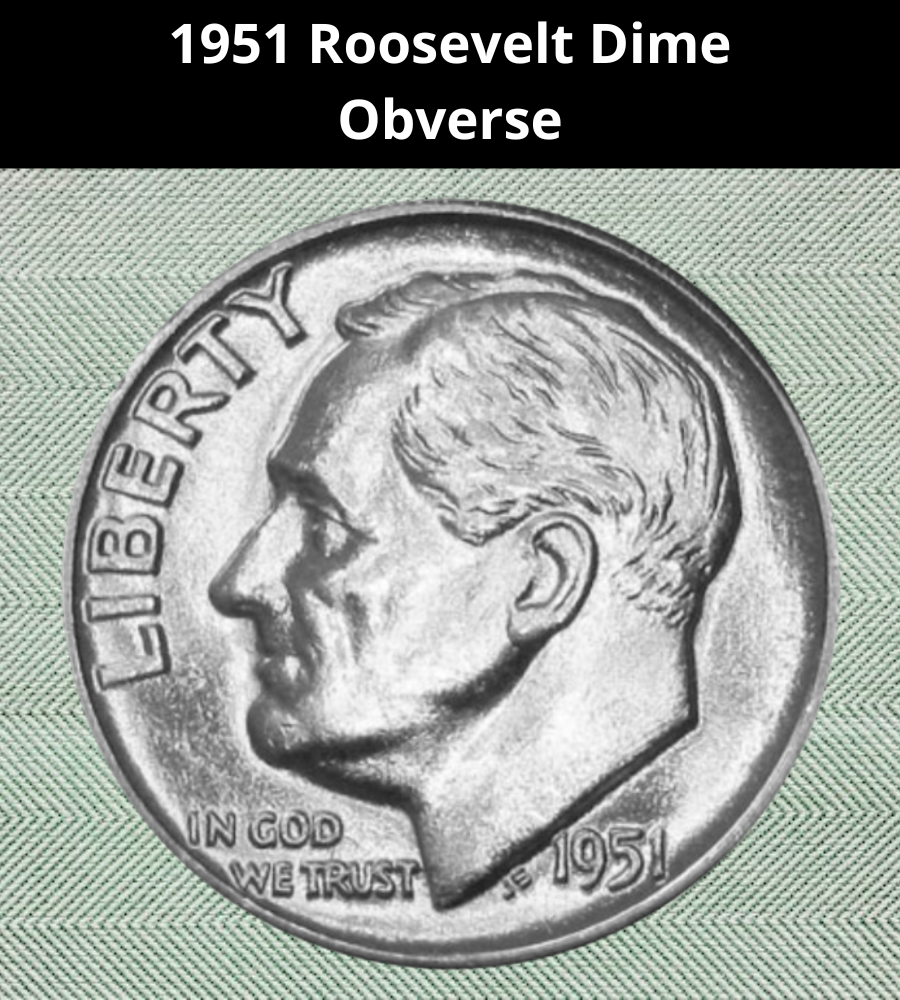
The obverse, designed by John R. Sinnock, features the familiar left-facing portrait of President Franklin D. Roosevelt. By 1951, this portrait had already become a lasting symbol of leadership and national strength. Key details include:
- LIBERTY along the left rim in front of Roosevelt’s profile.
- The motto IN GOD WE TRUST placed just below the chin.
- The year of issue, 1951, located to the right of Roosevelt’s neck.
- Designer initials JS beneath the neckline, once the subject of early controversy but by this time widely accepted.
This simple and uncluttered obverse highlights Roosevelt’s dignified image, representing his influence during the Great Depression and World War II.
The Reverse of the 1951 Dime
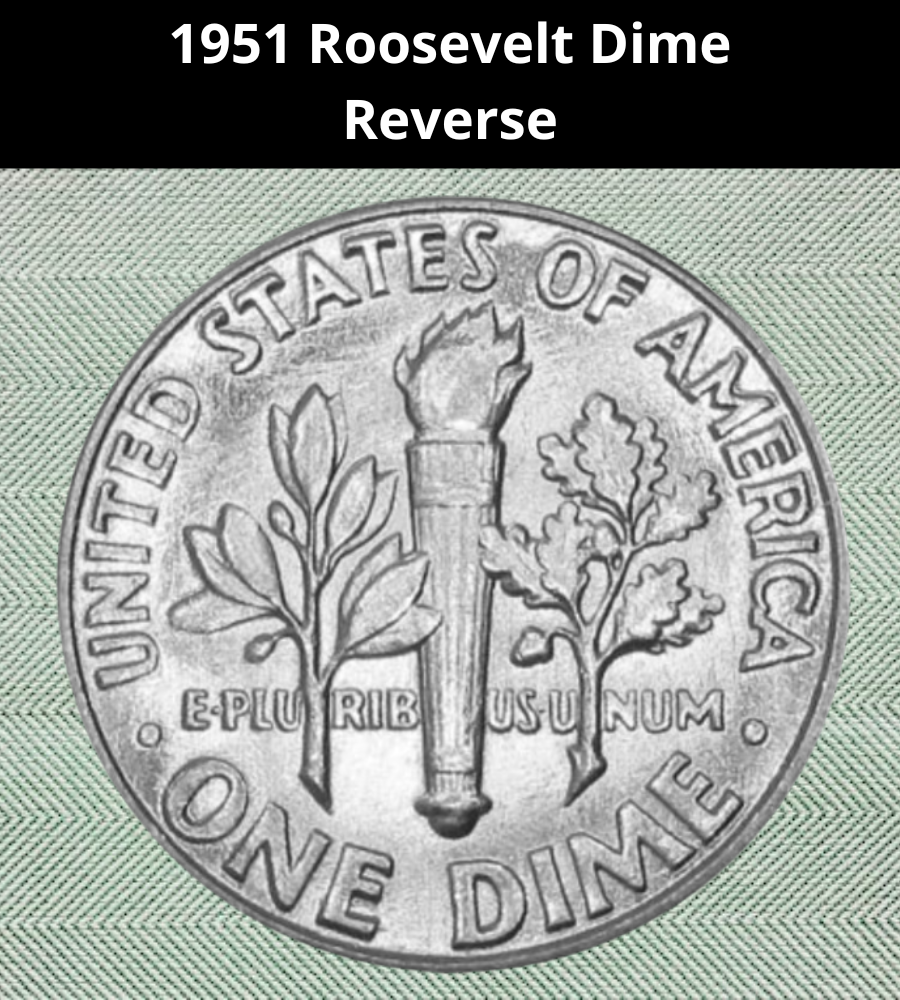
The reverse offers more intricate symbolism compared to the obverse:
- A torch in the center, representing liberty.
- An olive branch to the left, symbolizing peace.
- An oak branch to the right, representing strength and victory.
These three elements together embody the resilience and optimism of post-war America.
Surrounding the design are the inscriptions:
- UNITED STATES OF AMERICA and ONE DIME along the outer rim.
- The motto E·PLURIBUS·UNUM, split across the branches and torch.
1951 Dime Specifications
| Detail | Specification |
|---|---|
| Face Value | $0.10 (Ten Cents) |
| Shape | Round |
| Edge | Reeded |
| Diameter | 17.90 mm (0.705 in) |
| Thickness | 1.35 mm (0.053 in) |
| Weight | 2.50 g (0.080 troy oz) |
| Composition | 90% Silver, 10% Copper |
| Silver Content | 2.25 g (0.072 troy oz) |
Other Features
Each 1951 Roosevelt dime has a finely reeded edge with 118 reeds. Thanks to its high silver content, the coin maintains both collectible and intrinsic metal value. Well-preserved examples, especially those in Mint State or Proof condition, are especially sought after today.
Grading 1951 Dime
| # | Grade |
|---|---|
| 1 | Basal State-1 |
| 2 | Fair |
| 3 | Very Fair |
| 4, 5, 6 | Good |
| 7, 8, 10 | Very Good |
| 12, 15 | Fine |
| 20, 30 | Very Fine |
| 40 | Extremely Fine |
| 50 | About Uncirculated |
| 60 | Mint State |
| 65 | Mint State |
| 70 | Mint State |
1951 Roosevelt Dime Value Guides
The U.S. Mint struck a total of 136,578,180 Roosevelt dimes in 1951, distributed across three main facilities: Philadelphia (no mint mark), Denver (D), and San Francisco (S). In addition, the Philadelphia Mint also issued Proof coins for collectors. While circulation strikes are generally common, high-grade examples and Proofs with pristine surfaces can bring impressive premiums.
1951 No Mint Mark Dime Value (Philadelphia)

The Philadelphia Mint produced 103,652,000 dimes without a mint mark in 1951 — the majority of the year’s coinage.
- Circulated examples: Around $3 (mainly silver melt value)
- Uncirculated coins: $5 to $45, depending on grade
- High-grade pieces (MS 67): About $4,150
- Auction record: An MS 68 sold for $4,140 in 2015
👉 Full Bands (FB) premiums:
- MS 64 FB → $15
- MS 65 FB → $20
- MS 66 FB → $35
- MS 67 FB → $150+
- MS 68 FB → $4,000+ (extremely rare)
1951 D Dime Value (Denver)
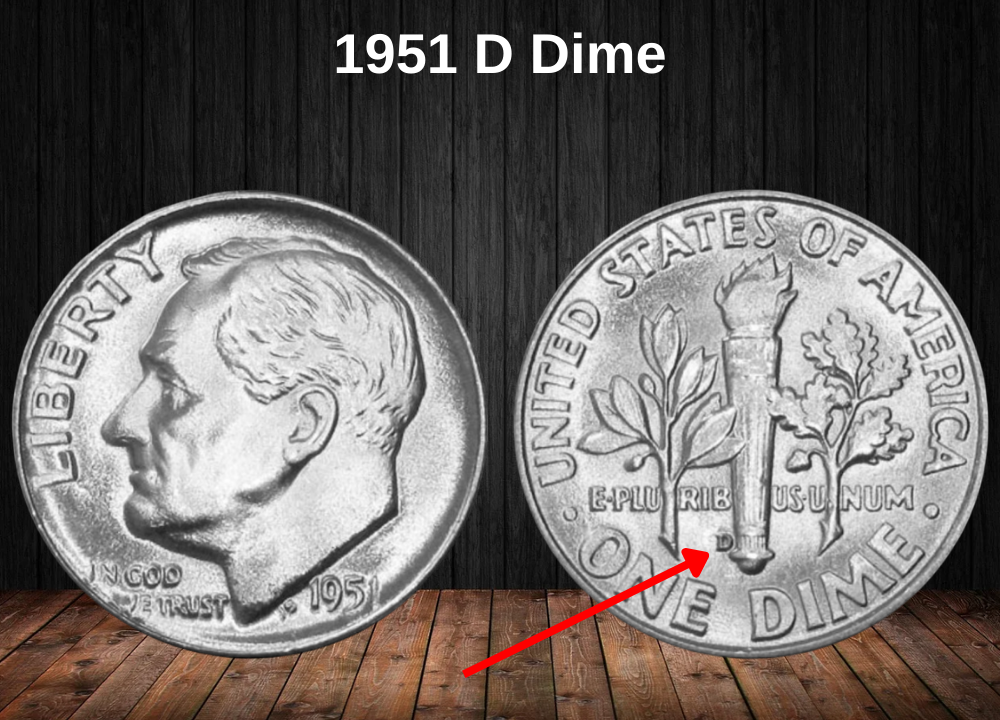
The Denver Mint struck 56,529,000 dimes in 1951.
- Circulated pieces: $3 to $6
- Uncirculated examples:
- MS 65 → $20
- MS 66 → $30
- MS 67 → $80
- Top grade (MS 68): Around $2,250
- Auction record: $2,232 for MS 68 FB in 2019
👉 Full Bands varieties:
- MS 65 FB → $28
- MS 66 FB → $45
- MS 67 FB → $150+
- MS 68 FB → $2,000+
1951 S Dime Value (San Francisco)
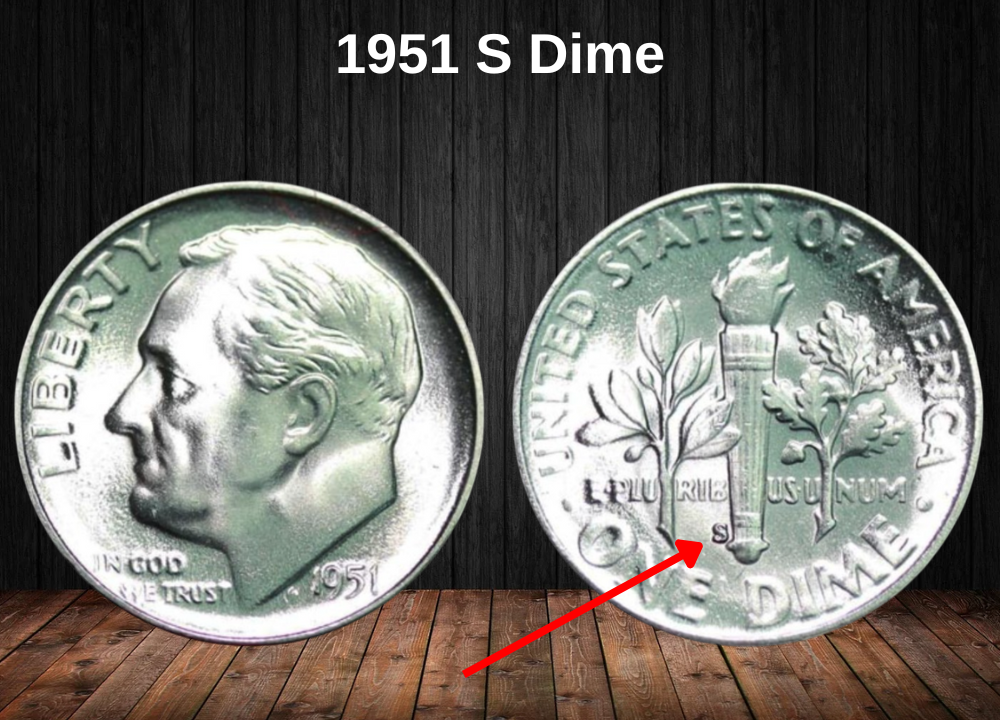
The San Francisco Mint issued 31,630,000 dimes in 1951, making them scarcer than Philadelphia or Denver issues.
- Circulated examples: $4 to $6
- Uncirculated coins: $10 to $50
- High-grade (MS 67): About $575
- Auction record: $575 for an MS 67 FB in 2017
👉 Full Bands (FB) examples:
- MS 65 FB → $22
- MS 66 FB → $40
- MS 67 FB → $200+
1951 Proof Dime Value
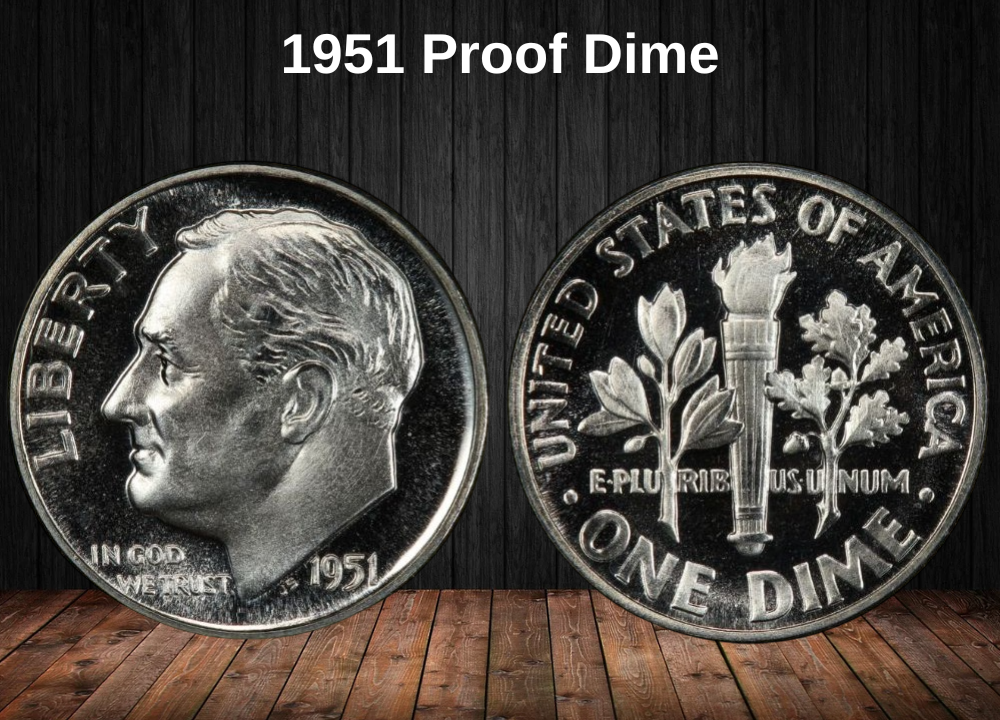
The Philadelphia Mint also struck 57,500 Proof Roosevelt dimes in 1951. These were not intended for circulation but specifically for collectors.
- PR 65 → $42
- PR 66 → $50
- PR 67 → $60
- PR 68–69 (top grade) → $115 to $400+ (rare with Cameo contrast)
👉 Special note: Proofs with strong Cameo or Deep Cameo contrasts are far more valuable, often selling for several hundred dollars at auction.
Rare 1951 Dime Error List
In case you are not familiar with errors on coins, they usually boost the price depending on the coin type and its grade. Furthermore, some errors are rare and cost big bucks, so let’s check those out!
1951 Dime Re-punched Mint Mark (RPM) Error
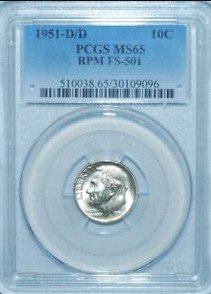
The re-punched mint mark (RPM) happens when the die used to strike the mint mark is slightly misaligned or applied more than once. This results in a doubled or shifted appearance of the mint mark, which can be spotted with a magnifier.
- Found only on D and S mint mark coins.
- More visible doubling = higher value.
- Example: A 1951-D Roosevelt Dime MS 65 FB with RPM sold for around $70.
1951 Dime Doubled Die Error
A doubled die error occurs when the design elements on the die shift slightly between strikes, producing doubling on letters or numbers.
- Doubling is most often seen on LIBERTY, IN GOD WE TRUST, and the date (1951).
- Value depends on visibility: $50–$200+ in higher Mint State grades.
1951 Dime Off-Center Strike Error
This error occurs when the coin is not properly aligned with the dies during striking, causing part of the design to be missing.
- Mild off-center (5–10%): $20–$50
- Dramatic off-center (40–60%): $100–$250+ depending on eye appeal
- Off-center errors showing a full date and mint mark are especially collectible.
1951 Dime Broadstrike Error
When the collar die fails during striking, the coin expands outward, losing its normal rim. The result is a flatter and wider dime.
- Values typically range between $30–$80, with higher premiums for uncirculated examples.
1951 Dime Clipped Planchet Error
Sometimes the metal blank (planchet) is punched incorrectly, resulting in a coin with a crescent-shaped “clip” missing.
- Small clips: $15–$30
- Large, dramatic clips: $50–$100+
- Well-centered clips that leave the date intact are more desirable.
1951 Dime Die Crack / Cud Error
A die crack or cud happens when the die itself develops a break, leaving raised metal lines or blobs on the struck coin.
- Minor cracks: $10–$20
- Major cuds covering parts of the rim or design: $75–$150+
Where to Sell Your Dime Coin?
Now that you know the value of your dime, the next step is deciding where to sell it. There are several trusted options—both online and in person—that can help you get the best price depending on your coin’s rarity and condition.
To see the full list of recommended places, along with their advantages and disadvantages, check our complete guide on where to sell your dime coins.
FAQ about the 1951 Roosevelt Dime
1. What is the 1951 Roosevelt dime made of?
The 1951 dime is composed of 90% silver and 10% copper, with a total silver weight of about 0.072 troy ounces.
2. Where was the 1951 Roosevelt dime minted?
It was struck at three mints:
- Philadelphia (no mint mark) – 103,652,000 coins
- Denver (D) – 56,529,000 coins
- San Francisco (S) – 31,630,000 coins
Additionally, about 57,500 proof dimes were struck in Philadelphia.
3. How much is a 1951 dime worth?
- Circulated coins: Around $2–$5 (mostly for silver value)
- Uncirculated coins: $15–$100+ depending on grade and mint mark
- High-grade Full Bands (FB): Can exceed $1,000 for rare top-quality examples
- Proofs: $40–$150 depending on grade, with PR 69 commanding higher premiums
4. What does “Full Bands” (FB) mean on a Roosevelt dime?
“Full Bands” refers to the horizontal bands on the torch on the reverse being fully struck and clearly separated. Collectors pay a premium for FB examples, especially from Denver and San Francisco.
5. Are 1951 Roosevelt dimes rare?
No, they were produced in high numbers and are generally common. However, high-grade uncirculated coins, proof strikes, and error varieties can be rare and highly valuable.
6. What are the most valuable 1951 dime errors?
- Re-punched Mint Marks (RPMs) – Common on D and S dimes
- Doubled Dies – Doubling on LIBERTY, motto, or date
- Off-Center Strikes – Collectible when dramatic and with full date visible
- Clipped Planchets & Broadstrikes – Favored by error collectors
- Die Cracks / Cuds – Can increase value depending on size and visibility
7. What is the highest auction price for a 1951 dime?
- A 1951 no mint mark dime graded MS 68 FB has sold for over $4,000 at auction.
- Certain proofs in PR 69 have exceeded $1,000.
8. Why was Roosevelt chosen for the dime?
President Franklin D. Roosevelt was honored on the dime after his death in 1945 due to his leadership during the Great Depression, World War II, and his personal connection to the March of Dimes campaign against polio.


